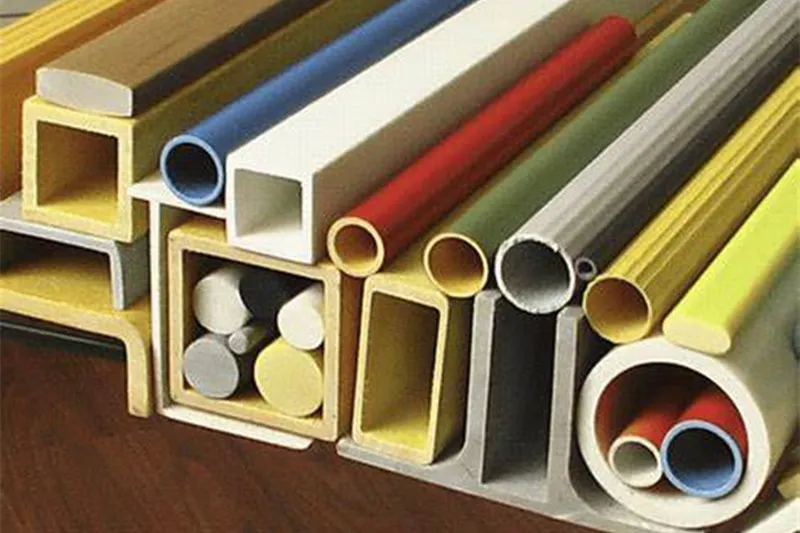FRP 2025: Driving Innovation and Sustainability in the Composite Materials Industry
2025-01-20
The global demand for innovative materials continues to grow, fueled by industries seeking lightweight, durable, and sustainable alternatives to traditional materials. At the heart of this transformation is Fiber Reinforced Polymer (FRP), a composite material that is reshaping sectors such as construction, transportation, and renewable energy. FRP 2025, a forward-looking initiative, represents a significant milestone in the evolution of composite materials, setting ambitious goals to drive innovation, expand applications, and meet global sustainability targets.
As the FRP industry advances, FRP 2025 serves as both a roadmap and a commitment to excellence. The initiative emphasizes three core objectives: fostering innovation, enhancing sustainability, and expanding market adoption. By aligning industry efforts toward these goals, FRP 2025 aims to position FRP as the preferred material for diverse applications, replacing traditional options like steel, aluminum, and wood.
FRP is celebrated for its unique combination of properties, including high strength, corrosion resistance, and a lightweight structure, making it an ideal choice for modern infrastructure projects. Unlike steel, which is prone to rust, or wood, which requires constant maintenance, FRP offers long-term durability with minimal upkeep. This durability not only reduces lifecycle costs but also aligns with sustainability objectives by minimizing waste and conserving resources over time.
At the core of FRP 2025 is the drive to innovate. The initiative encourages advancements in material science, focusing on developing FRP products with enhanced properties. Lightweight yet robust FRP materials are being engineered to meet the stringent requirements of industries where performance and safety are paramount. Enhanced fire resistance, improved thermal insulation, and advanced customization capabilities are just a few of the areas being explored to broaden FRP's applications. These developments are crucial for meeting the needs of an evolving market and ensuring FRP remains at the forefront of material innovation.
Sustainability is another cornerstone of FRP 2025. As industries worldwide prioritize eco-friendly solutions, FRP has emerged as a key material for reducing environmental impact. Its production processes are becoming greener, with reduced carbon emissions and improved recycling capabilities. Additionally, FRP's durability significantly extends the lifespan of infrastructure projects, reducing the frequency of replacements and conserving natural resources. This focus on sustainability resonates with global initiatives to combat climate change and create a more sustainable future.
SPARE Composite Materials, a leading player in the FRP industry, has embraced the principles of FRP 2025 to drive its growth and innovation. The company's commitment to sustainability, customer-centric solutions, and advanced manufacturing techniques positions it as a key contributor to the initiative's success. By investing in state-of-the-art production facilities and prioritizing environmentally friendly practices, SPARE has reduced waste and improved energy efficiency across its operations.
Customization is a defining feature of SPARE's approach, reflecting the diverse needs of its global customer base. The company offers tailored FRP profiles designed to meet specific industry requirements, enabling clients to achieve optimal performance in their projects. From construction to marine engineering, SPARE's products are engineered to deliver exceptional results, even in the most challenging environments.
SPARE's global presence has also been a driving force behind its success. By participating in international exhibitions like JEC in France and UKCW in the United Kingdom, the company has showcased its innovative solutions to a worldwide audience. These platforms have enabled SPARE to forge partnerships, expand its market reach, and gain insights into emerging trends and customer needs. As a result, SPARE is well-positioned to capitalize on the growing demand for FRP products in regions such as Asia, Africa, and Europe.
The future of the FRP industry is brimming with opportunities, driven by technological advancements and shifting market dynamics. Smart manufacturing, for instance, is transforming the way FRP products are designed and produced. Automated processes, digital simulations, and data-driven quality control systems are enhancing efficiency and consistency, ensuring that FRP materials meet the highest standards. These innovations not only improve production capabilities but also reduce costs, making FRP more accessible to a broader range of industries.
Emerging markets represent another significant growth area for FRP products. Rapid urbanization in developing regions has created a demand for durable, lightweight, and cost-effective materials that can support large-scale infrastructure projects. FRP's unique properties make it an ideal solution for addressing these challenges, whether in the construction of bridges, renewable energy installations, or public transportation systems.
Sustainability will remain a key driver of the FRP industry's evolution. As environmental regulations become more stringent, companies are prioritizing the development of recyclable FRP materials and adopting eco-friendly production methods. SPARE, for example, has integrated sustainability into its core business strategy, ensuring that its products meet international environmental standards while delivering superior performance.
The FRP 2025 initiative also emphasizes collaboration as a means to accelerate progress. By fostering partnerships between manufacturers, researchers, and industry stakeholders, the initiative aims to drive innovation and address common challenges. Collaborative efforts are expected to yield breakthroughs in material science, manufacturing techniques, and recycling technologies, further enhancing the appeal and applicability of FRP.
In many ways, FRP 2025 is not just a plan for the future; it is a reflection of the industry's resilience and adaptability. The initiative underscores the importance of staying ahead of market trends, embracing technological advancements, and addressing environmental concerns. By aligning its goals with global priorities, FRP 2025 ensures that the composite materials industry remains a vital contributor to economic growth and sustainable development.
As one of the key contributors to this transformation, SPARE Composite Materials invites partners, clients, and industry stakeholders to join its journey toward a brighter future. Together, we can unlock the full potential of FRP, paving the way for a more innovative, sustainable, and prosperous world.
With FRP 2025 as a guiding framework, the future of composite materials is full of promise. By leveraging its unparalleled properties, expanding its applications, and committing to sustainability, FRP is poised to shape the infrastructure of tomorrow.





